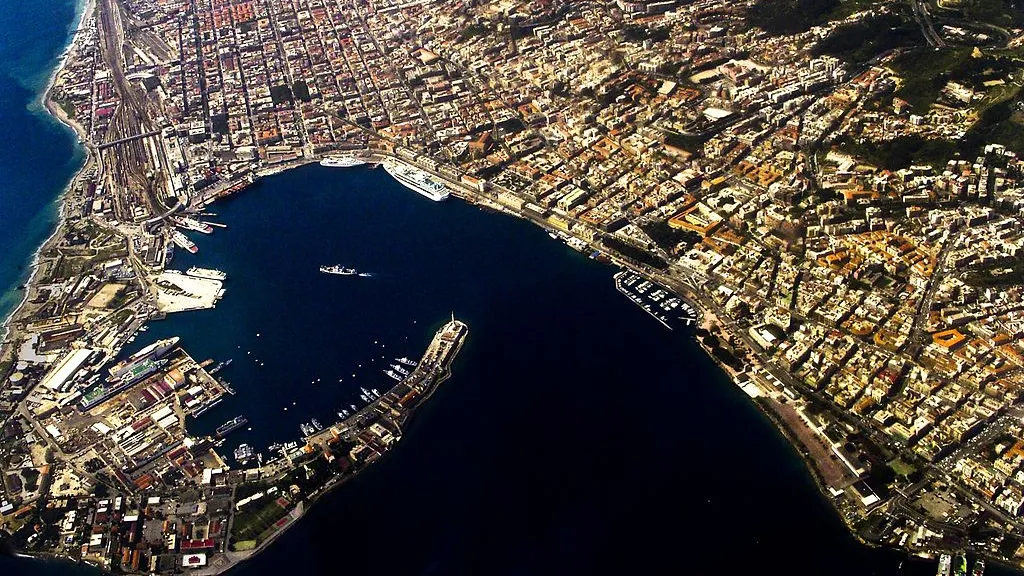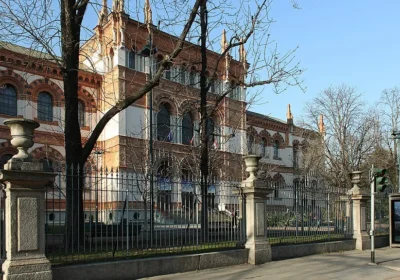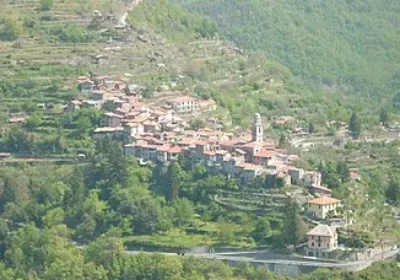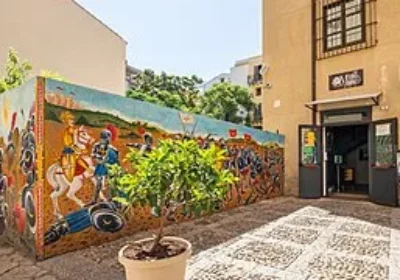Tour of Messina and Tindari.
The first church that catches the eye of the traveller arriving from the sea is the Temple of the King of Heaven, an unusual building that is not so much a temple as a war memorial. Within its walls are thousands of niches in which the bodies of soldiers who died during the First World War are buried.
King Richard the Lionheart built the fortress of Mategriffon here. He did this in order to control Messina and gain concessions from the King of Sicily. Before sailing Richard demolished part of the fort, but the subsequent rulers of the city and conquerors did not leave this place without attention: a castle was built here. In 1282, its walls hid a garrison of French soldiers from the rebellious citizens, and in XVI st.
Many houses and palaces in Messina appeared at the beginning of the last century, and therefore, given the antiquity of the city, they can be considered fairly new. But this makes them no less interesting, as the buildings were designed taking into account the layout of old streets and buildings, while introducing new, modern elements.
The Vittorio Emanuele II Theatre – the building was begun in 1842 at the behest of King Ferdinand II Bourbon of Sicily. It was opened in 1952.
The theatre was first called the Theatre of St Elizabeth.
Palazzo Zanca – the palace was part of a complex of buildings that crescent-shaped the harbour. After the house was destroyed, restoration work began in December 1914 under the direction of (Antonio Zanca), and ended in 1924.
Vittorio Emanuele III Gallery – this structure is referred to locally as the “city lounge”. But work is still underway. The gallery is a passageway where it is planned to house shops, restaurants, cafes, offices (some of them are already there).
Palazzo Piacentini – it was built on the site of a hospital destroyed by the earthquake. Now it is a palace of justice.
Messina has a lot of monuments and fountains. At the entrance to the harbour, ships are greeted by the Virgin Mary, who holds a letter written to the townspeople. There is a fountain dedicated to the city’s founder, Orion, as well as to Poseidon, god of the seas.
A statue of the Virgin Mary, the patron saint of Messina, on top of a gilded bronze statue, welcomes all ships that enter the harbour.
Orion’s fountain is of white marble. It was created in 1553 by Giovanni Angelo Montorsoli, a pupil of Michelangelo. In the middle of the fountain is a three-tiered structure with Orion at the top. According to one of the myths, he founded the city. Two centuries after the fountain was installed, a bronze statue of Charles of Bourbon was added to the sculptural composition; eighty years later, a bronze statue of Francesco I was added. In 1848 there was a revolt against the Bourbons in Sicily – and both kings were melted down. From the resulting material, the rebels cast bullets.

















